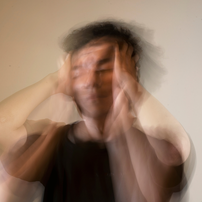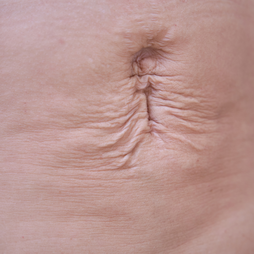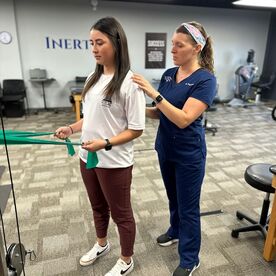Have you ever experienced Vertigo? Tell us your story
0 Comments
Diastasis recti is a condition characterized by the separation of the rectus abdominis muscles, which are the muscles that run vertically down the front of your abdomen. Normally, these muscles are joined together by connective tissue at the midline of the body. However, during pregnancy or due to other factors such as obesity, improper lifting techniques, or certain exercises, the connective tissue between the rectus abdominis muscles may become stretched and weakened, leading to a separation of the muscles.
Diastasis recti is common during and after pregnancy, as the growing uterus can put pressure on the abdominal muscles and cause them to separate. It can also occur in men and women who are overweight or engage in activities that place excessive strain on the abdominal muscles. Some common symptoms of diastasis recti include:
Did you know that PT can help with low back pain?
Here is how: Assessment and Diagnosis: our PTs assess the underlying causes of your low back pain, and develop a personalized treatment plan tailored to your specific needs and goals. Pain Management: we utilize various techniques such as manual therapy, soft tissue mobilization, dry needling to reduce stiffness, and alleviate pain Exercise Prescription: Targeted exercise program to strengthen the muscles supporting the spine, improve flexibility, and enhance overall stability. Posture Correction: our team educates patients on proper body mechanics and ergonomics to prevent strain on the lower back during daily activities. This includes guidance on sitting, standing, lifting, and other movements. Education: we also patients about their condition, helping them understand the contributing factors to their pain, and teaching self-management strategies. This empowerment is crucial for long-term relief. Functional Training: Functional activities and movements relevant to daily life, ensuring that patients can perform tasks with minimal strain. Our Team provides comprehensive treatment plan for low back pain, whether it is acute or chronic. Physical therapy benefits athletes by:
|
AuthorDr. Stephanie, PT, DPT Archives
June 2024
Categories |





 RSS Feed
RSS Feed